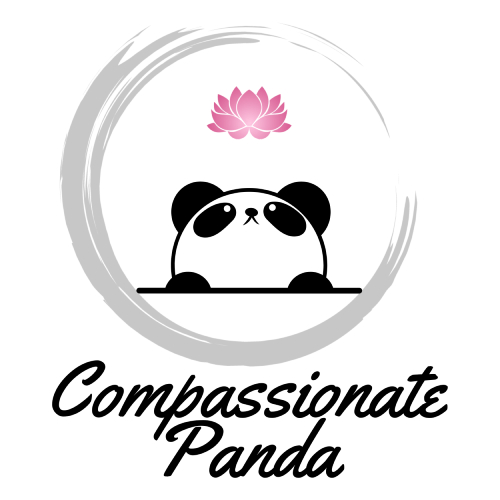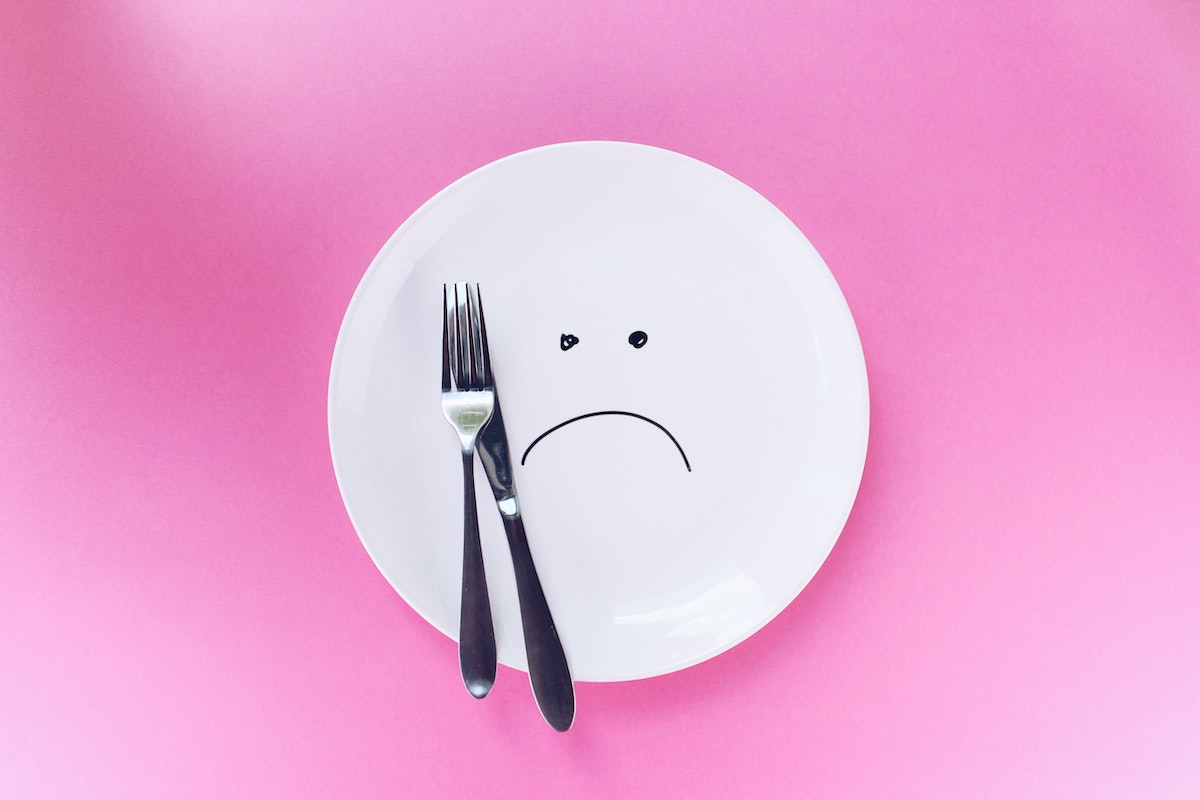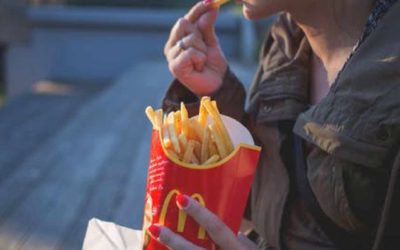#1 mistake—setting my plant-based dietary expectations too high
I am an experienced naturopath, with a Bachelor of Health Science and a major in nutrition so switching to a 100% plant-based diet should’ve been a breeze. Yet my first week on this path had me overthinking it all and wondering what to eat, at least without resorting to convenience or even worse ‘junk’ foods. My problem was that I let my desire to ‘only eat optimally’ (which means I wanted to do this the ‘perfect’ way) get in the way of me actually eating anything too often – so it’s hardly surprising I was hungry. Not that feeling hungry was going to harm me, but it was a nagging reminder of what I was not wholly succeeding at. I wasn’t even following my own advice – so was making it all way too hard.
The three keys to a smooth dietary change
You see, when working with clients who want (or need) to make a dietary change, I explain you really only need three things:
1. Information (some sort of list of what you can eat);
2. A plan (this is really important); and
3. A commitment to then follow the plan.
I only had one of the three, namely information, but that’s not nearly enough.
The concept of a food plan is likely to fill some people with horror and a vision of only being able to eat the same thing on set days – but it’s really about putting some time into thinking things through, and then simply looking ahead (at least a day but potentially for the week) to consider how you will navigate any future challenges or commitments. This gives you insight into what you need to shop for and what, if any, food prep needs to occur so it’s all ready for you. That could be as simple as taking something out of the freezer to defrost the day before. Oh, and always have a backup plan. Because life happens.
But I hadn’t really thought any of this through nor made any sort of plan. It’s probably because the decision to switch to a 100% plant-based path occurred in only a couple of hours, and now I was trying to make what is a reasonably big change happen without much thought. So whilst I had the knowledge or ‘information’ part sorted, I was basically winging the rest of it from moment to moment, and that’s moderately hard to do when your choices have become quite a lot more limited. Everyone needs a bit of time to learn and adapt to any life change – a plan would’ve made it all much simpler.
Getting the healthy dietary priorities right
Let’s wind things back a bit to that first day. One of the things about a dietary change is factoring in what’s important. For me, this means to stick with primarily eating wholefoods with minimal or no refined, processed ingredients. After following a wholefood omnivorous diet for a very long time the thought of packaged, overly complex items, even if they were plant-based, simply wasn’t the direction I wanted to be going.
My primary aim for making this change was improving my long-term health, and I am well aware that whereas a well-planned plant-based diet ticks the ‘very healthy’ box, a poorly followed one is anything but. In fact, it’s very easy to be an unhealthy plant-based eater – like the teenage vegans who only eat pasta and tomato sauce (I’ve met them, it’s more common than you think), or those that consume excessive junk food. You can get plenty of plant-based items with little to no nutritional value – think Oreos and potato chips. These may fit the plant-based criteria but are not something anyone should be eating regularly.
So that first day, I did give some cursory thought to our next meal, but that was it. Fortunately, I had just made a batch of lentil dahl to freeze for another day, so in my mind, I now had breakfasts for a week prepared—brown rice with dahl and whatever vegetables I could quickly roast in the mornings. It was quick to get ready, easy, tasty, ticked the wholefoods box and the only thing it didn’t satisfy was my preference to fast in the mornings—but I’m glad I ate those breakfasts as I had given little thought to the rest of my daily meals and that’s one of the reasons I went hungry.
The beauty of hindsight
It’s not that I didn’t have food in the house – far from it. That first day I picked up groceries but without any plan how to use them. I just randomly bought items, including wholemeal pita breads, falafels, hummus, salad vegetables and some veggie burgers – because I gave in to the temptation to ‘not eat convenience foods’. We actually had a number of foods in the house that were wholesome, but many of these take time to prepare, so our backup plan was a falafel, hummus and salad wrap, which was great. But the following day I began to feel a little stressed, as this was just one day. What about the rest of the week, the months and years?
In hindsight we could’ve just continued like that, keeping it really simple for a few weeks and it might’ve been plainer sailing, but the reality is whilst the body just needs to be nourished, the mind likes variety. I wanted to get creative in the kitchen and try out lots of new, interesting and nourishing dishes, however, it felt like everything got in the way of food prep, eating at our usual times, and my idealism. So instead we resorted to eating lunch or dinner out a lot, scouring menus for plant-based items and eating erratically to accommodate gym and yoga classes and everything else we usually do—the idea of sticking to a few quick dishes that first week was simply not on my radar.
The hunger games
My husband fared better than I overall, perhaps due to his different schedule, and never complained of hunger though we both lost some weight—but my focus on every meal and snack being optimal meant I missed meals. It wasn’t too dramatic as my backup plan was carrying a snack or two of nuts or fruit each day—however, my energy expenditure hadn’t changed but my caloric intake had naturally decreased. My gut-brain axis was noting the deficit and triggering hunger signals.
So I put up with nagging hunger most days that first week and kicked myself a little for not working out this new way of eating properly so it fit my lifestyle.
I was looking at it the wrong way
Looking back, it’s easy for me to understand why it wasn’t the smoothest of transitions, but at the time I was too close to the problem to see it. Quite simply, when I removed all animal products from my dietary equation, I was left overthinking which elements I needed to now balance each individual meal, rather than stepping back and considering the nutritional value of the entire day.
I was too attached to ticking the boxes meal by meal because in my mind I had the know-how to do so, but not only is this too rigid a way of thinking but it’s difficult to implement every meal. And besides, it isn’t necessary. The human body is perfectly capable of taking the foods offered and creating what is needed. They do not need to arrive all at once. Fortunately, I’ve moved on and now see this as a great learning curve I can share. That said, beginning with a plan would’ve made this easier and my first week would likely have been much simpler and more satisfying.
When making a change—think of your future self
So if you’re ever in a situation where you want or need to make a dietary change, the following is a tried and tested strategy. All you need to do is follow these three steps:
- Begin by considering meals you already eat that suit your new eating style or can be simply modified—jot those down somewhere. If you have none that you feel are a good fit, then look for inspiration online or in books instead. From these choose three breakfasts, lunches and dinners (and a couple of snacks) to start with and just rotate them. This gives you a bit of space and time to add in some new ideas when you have time so you can expand your repertoire of favourites.
- Next is to find three local restaurants with something on the menu you can eat—better still if they also offer takeout. There will always be times when you feel like eating out or need to grab something on the run to take back to work. By doing this you’ll be one step ahead and will not have to think about it.
- Lastly, always have a healthy snack on you in case the universe creates some obstacle and you’re briefly stuck but need something. Future you will thank you for taking the time to do this.
The above list is your initial plan—the ongoing part is to consider each day if you need to shop and maybe do some meal prep. For example, my husband is a fan of prepping vegetables for stir-fries in advance and putting them in ziplock bags so he can duck home and make something easily for lunch or dinner. We also bag up single portions of brown rice and freeze them so you just need to grab one the day before and put it in the fridge ready to use the next day. Whatever works for you.
The learning is ongoing
Months later and I’m navigating my chosen plant-based path pretty smoothly, and have also returned to my preferred pattern of intermittent fasting and it’s easier than ever. Upon reflection, I have realised that, despite the initial challenges, I’m actually quite grateful for that first bumpy week as it gave me empathy with those on similar paths, along with some new ideas on how to make things simpler.
Perhaps the most unexpected but meaningful revelation though was my need to embrace a shift in thinking in order to accommodate my chosen path–something that has led to a less rigid view in general. It seems my plant-based choice still has plenty to teach me and I look forward to what else will be revealed along the way.
Feature image by Thought Catalog from Pexels




